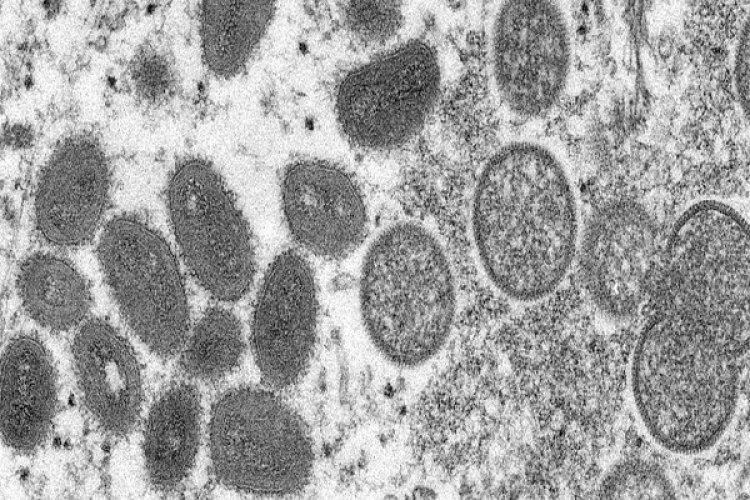A Pan African organisation for journalists covering the continent for the international media has registered its displeasure against media outlets using images of black people alongside stories of the monkeypox outbreak in Europe and North America.
The Foreign Press Association Africa (FPAA) issued a statement days after media reported cases of the virus in North America, the United Kingdom and other European countries.
The viral zoonotic disease is caused by the monkeypox virus and can occur in any region in the world and afflict anyone regardless of ethnicity or race, according to the World Health Organisation (WHO).
“It is therefore disturbing for European and North American media outlets to use stock images bearing persons with dark/black and African skin complexion to depict an outbreak of the disease in the United Kingdom and North America,” the organization said, noting that it finds the actions to be very insensitive at a time when the world is forging alliances against systemic racism and racial stereotypes.
“What is the convenience of using such images to tell the world how Europe and America are reeling from the outbreak of Monkeypox?” reads part of the organisation’s statement.
“Shouldn’t it be logical that if you are talking about the outbreak of Monkeypox in Europe or the Americas you should use images of hospitals across Europe or the Americas? Or in the absence of such use a collection of electronic micrographs with labelled subcellular structures?”
FPAA said it condemns the perpetuation of the negative stereotype that assigns calamity to the African race and privilege or immunity to other races.
About monkeypox:
- The disease is called monkeypox because it was first identified in colonies of monkeys kept for research in 1958. It was only later detected in humans in 1970.
- Symptoms of monkeypox typically include a fever, intense headache, muscle aches, back pain, low energy, swollen lymph nodes and a skin rash or lesions.
- As of 20 May 2022, about 80 confirmed cases were reported in 11 countries. Additional 50 cases are being investigated.
- Monkeypox is commonly found in Central and West Africa where there are tropical rainforests and where animals that may carry the virus typically live.
People with monkeypox are occasionally identified in other countries outside of Central and West Africa, following travel from regions where monkeypox is endemic.
- In most cases, the symptoms of monkeypox go away on their own within a few weeks, but in some individuals, they can lead to medical complications and even death.
- Anyone who has close physical contact with someone who has symptoms of monkeypox, or with an infected animal are at highest risk of infection.
- There are several vaccines available for prevention of smallpox that also provide some protection against monkeypox. (Source: WHO)






